Wildlife Destinations Guide: The Best Wildlife Destinations in the World
Travel restrictions imposed by the worldwide pandemic trapped many of us in metropolitan areas. But now that constraints have been removed, the desire to explore nature and discover the outdoors is stronger than ever.
Viewing incredible wildlife while admiring the surroundings is one of the most awe-inspiring experiences to have, and wildlife destinations around the world should be on your travel bucket list even if you don’t consider yourself a wildlife lover!
But the real question is, where should you take a vacation? Check out the following destinations, which we rate as the best countries around the world for offering wildlife experiences.
Australia
Australia is blessed with a wide range of native wildlife, including species that are found nowhere else on Earth. And although visiting animal sanctuaries, zoos, and conservation parks are enjoyable, nothing beats trekking into the wild and seeing animals in their natural environment.
Kangaroo Island, located off the coast of South Australia, is a protected nature reserve that is home to local animal species, including koalas, kangaroos, and a vast variety of birds. Seal Bay Conservation Park is the only place where endangered Australian sea lions may be seen in the wild.
Cairns is home to Daintree Rainforest, a World Heritage-listed tract of unspoiled tropical rainforest regarded as the world’s oldest rainforest, 65 million years older than the Amazon. Notably, one-third of Australia’s reptile species reside here, contributing to the vast diversity of wildlife you will encounter.
Australia is a mysterious and wild landmass. A vast and imposing landscape, ideal for wildlife exploration and close animal encounters. Australia is teeming with furry creatures like koalas and Tasmanian devils, as well as larger mammals like the kangaroo.
The Galapagos Islands
For nature enthusiasts, the Galapagos Islands, an island off Ecuador’s coast, is a must-see destination. Volcanic eruptions millions of years ago resulted in the formation of these islands, which were detached from the mainland. The arrival of wild animals on the islands throughout time resulted in the creation of endemic species.
Because the Galapagos Islands are so remote, the wild creatures there have never had a fear of people. In other words, don’t be shocked if you sea lions and huge lizards on the streets of the Galapagos Islands. The Galapagos Islands are now protected, with the government limiting the number of visitors allowed to visit.
Additionally, tourists visiting the Galapagos Islands will have the opportunity to swim with green sea turtles and climb around the Sierra Negra Volcano while staying in a luxury lodge or safari-style tent. This is in addition to a wildlife safari.
India
You may be shocked to learn that India is brimming with animals, given its repute for magnificent temples, alluring towns, and picture-perfect palaces. This magnificent location may not be in Africa, but it surely merits a position on the list of the best wildlife destinations in the world.
Ranthambore National Park, located in the northern Indian state of Rajasthan, is renowned for its enormous tiger population. It’s one of the greatest locations in India for birding, with over 300 species that inhabit the grounds. Consequently, bird-watching excursions are very popular.
Periyar is an outstanding national park and wildlife sanctuary located in the southwestern state of Kerala, near the Malabar Coast. In addition to lion-tailed macaques, stripe-necked mongooses and several other intriguing creatures, unique and endangered species of flora and wildlife are found along the rivers and are native to the area.
Kenya
The isolated or remote parks and undeveloped savannahs of Kenya are alive with some of the world’s greatest predators and await those who are willing to go deep into the African wilderness. This remarkable land hosts The Great Migration, which occurs annually when millions of animals migrate south in search of food as the seasons begin to change.
In addition to being one of the greatest places to observe the Big Five, the Masai Mara National Reserve is the ideal site to see the spectacular transformation of life between August and October.
While in Kenya, be certain to visit Amboseli National Park. This unique site offers stunning views of Mount Kilimanjaro, the tallest mountain in Africa and the highest free-standing mountain in the world (5,895 meters), and is a great area to get near to elephants who roam freely!
Tanzania
The Serengeti in Tanzania quickly comes to mind when most people consider it a luxury African safari. Over 25% of Tanzania is reserved for national parks and wildlife reserves. Several books and films have been inspired by its enormous wildness.
Between Ngorongoro Conservation Area and Serengeti National Park, the world’s largest and most diverse collection of wild animals is protected. These are the ideal places to see lions and cheetahs hunting their prey.
From October through November, almost a million wildebeest and tens of thousands of zebras will migrate south for The Great Migration, an extraordinary event that every wildlife enthusiast should watch.
Other wildlife experiences in Tanzania that are not to be missed include tracking chimpanzees in the Mahale Mountains, stalking predators in Katavi National Park, and enjoying the serenity of the aquatic environment of the Selous Game Reserve.
Namibia
An additional excellent location for a wildlife-inspired luxury vacation is Namibia, renowned for its coastline and towering dunes. The beautiful Caprivi Strip and Etosha are two of the country’s outstanding wildlife refuges. Other attractions include the rocky vistas of Damaraland, the waterbirds of Walvis Bay, and the rare chance to witness a desert elephant along the Skeleton Coast.
Your luxury vacation in Namibia is incomplete without a safari excursion. During your luxury safari in Etosha National Park, you will have the chance to observe the Big Five. It is one of the continent’s biggest national parks and is located in the northwest of the country. In Damaraland, you will witness elephants adapted to the desert.
Visit the desolate Skeleton Coast National Park, which is filled with shipwrecks and whale remains. It stretches along Namibia’s northwestern coast, approximately 40 kilometers wide and 500 kilometers long. The Benguela Current’s upwelling has made the Skeleton Coast one of the top locations for surfing and beach fishing.
Botswana
About 75% of Botswana’s area is inhabited by the Kalahari, the hottest desert in Africa. Still, it’s home to a plethora of species, particularly in the northern portion of the desert.
In addition, the Okavango Delta is one of the greenest and most ecologically varied regions on Earth. This area has the unusual property of flooding throughout the dry season and is home to several huge creatures, many of which are endangered.
In such a protected region, stationary tent camps are prohibited, and it is exceedingly difficult to secure building permission. Therefore, the opening of each new major camp is a significant occasion. Botswana would appeal to you if you’re a lover of wildlife adventures and are eager to meet huge African cats.
General Guidelines for Wildlife Encounters
Travel that incorporates wildlife experiences gives the chance to witness unique sights and create unforgettable memories. However, this form of adventurous travel requires more planning than a beach or city trip.
Consider the following guidelines when planning your next wildlife trip to maximize your experience and avoid contributing to unethical or destructive actions.
- Once you’ve chosen your destination, begin gathering information on must-visit locations and the optimum time of year and day for seeing wildlife. Before making a reservation, investigate the activities at your location to ensure that animal welfare is a top concern. Avoid watching trained animal displays, such as elephant riding.
- If you want to film, verify what documentation and permits are necessary, including any specific permissions.
- To make the most of your stay, consider taking a guided tour. Good tours often provide advantages that cannot be obtained alone. For instance, they may have access to regions that are off-limits to the general public or they may know where to go to see the most species. Ensure that the tour provider adheres to environmental and conservation principles.
- Find out what you need to carry in terms of protective clothing and footwear, bug repellant, sunscreen, prescriptions, and so on. In certain countries, vaccines may also be required.

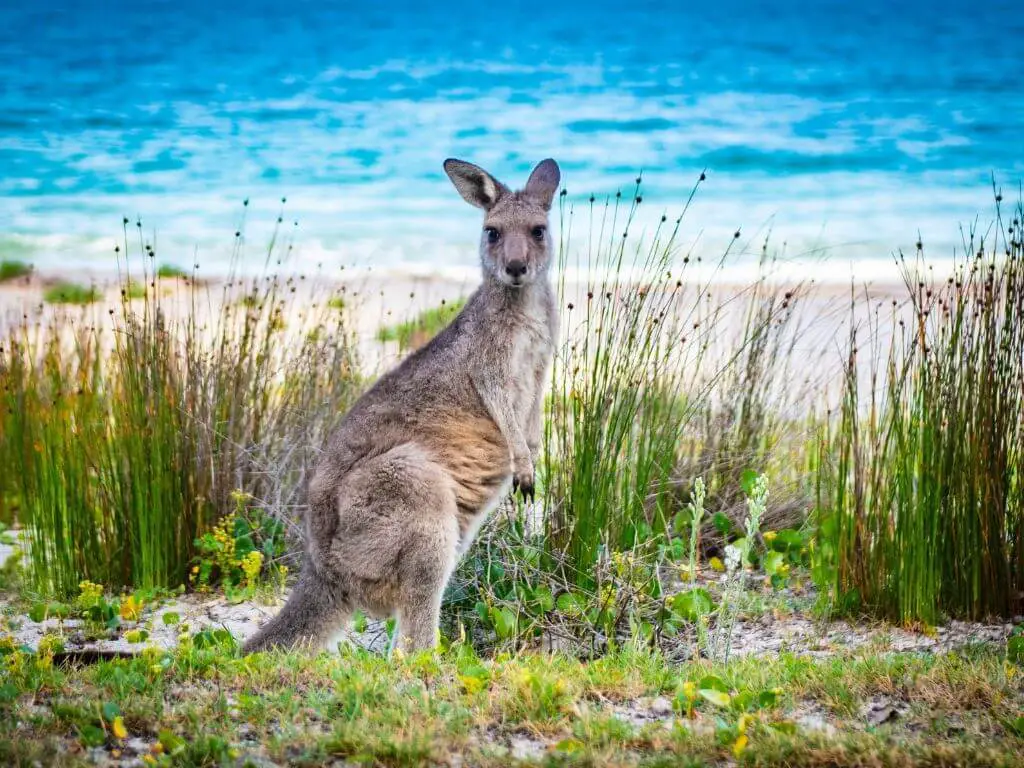
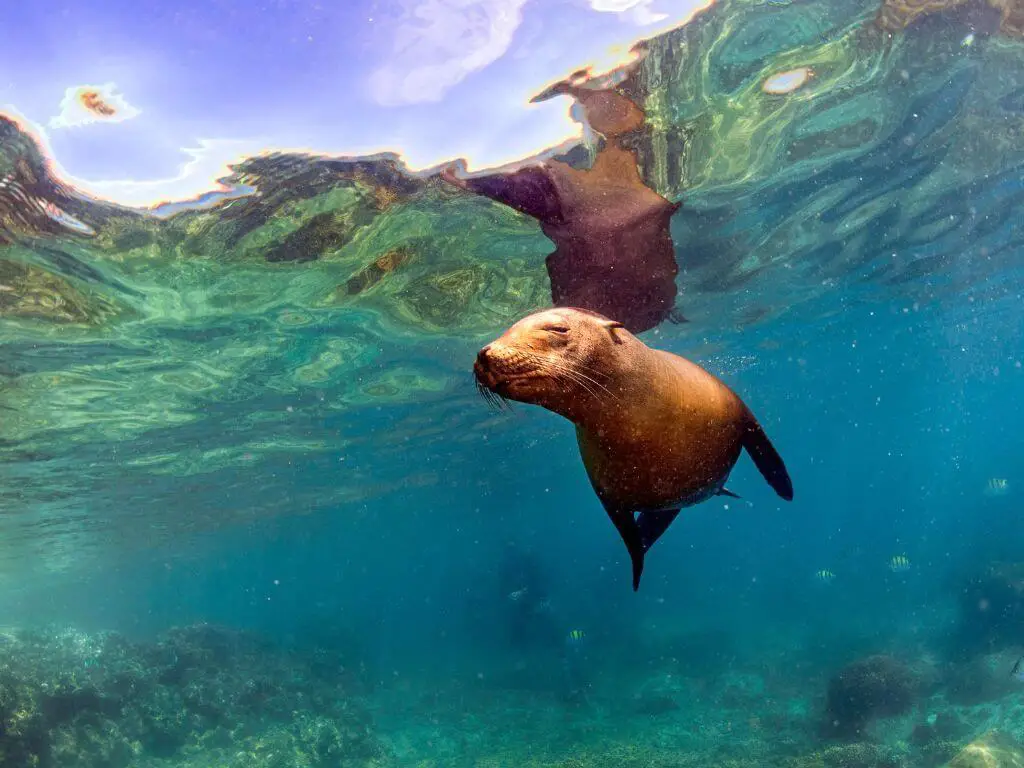
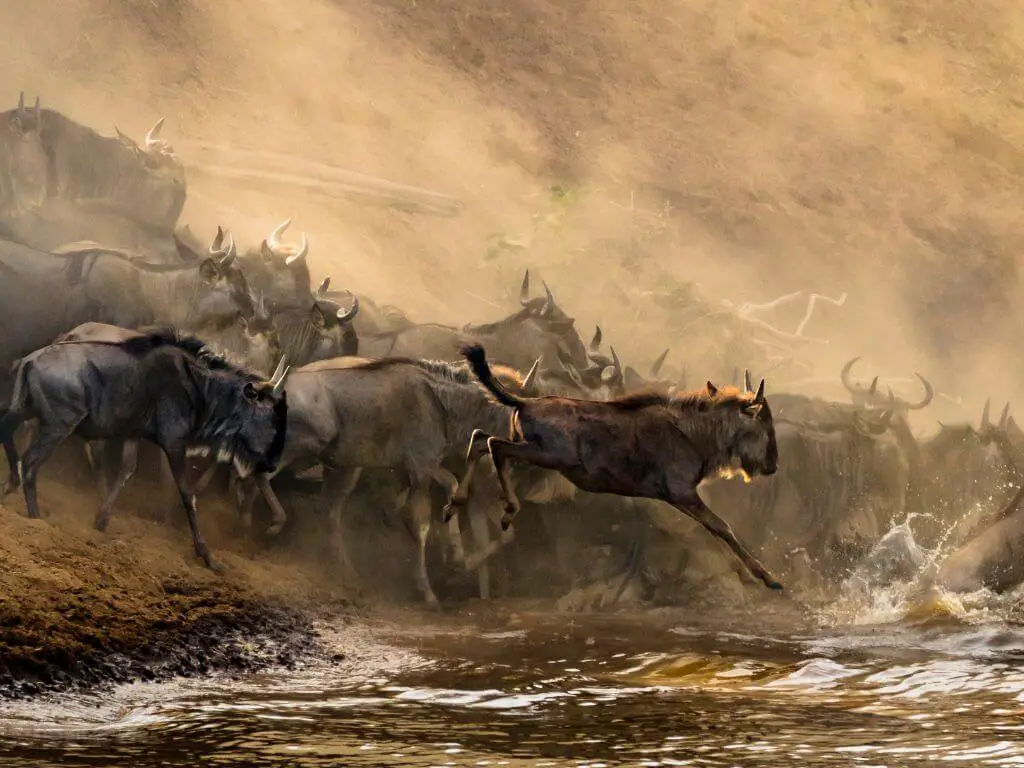
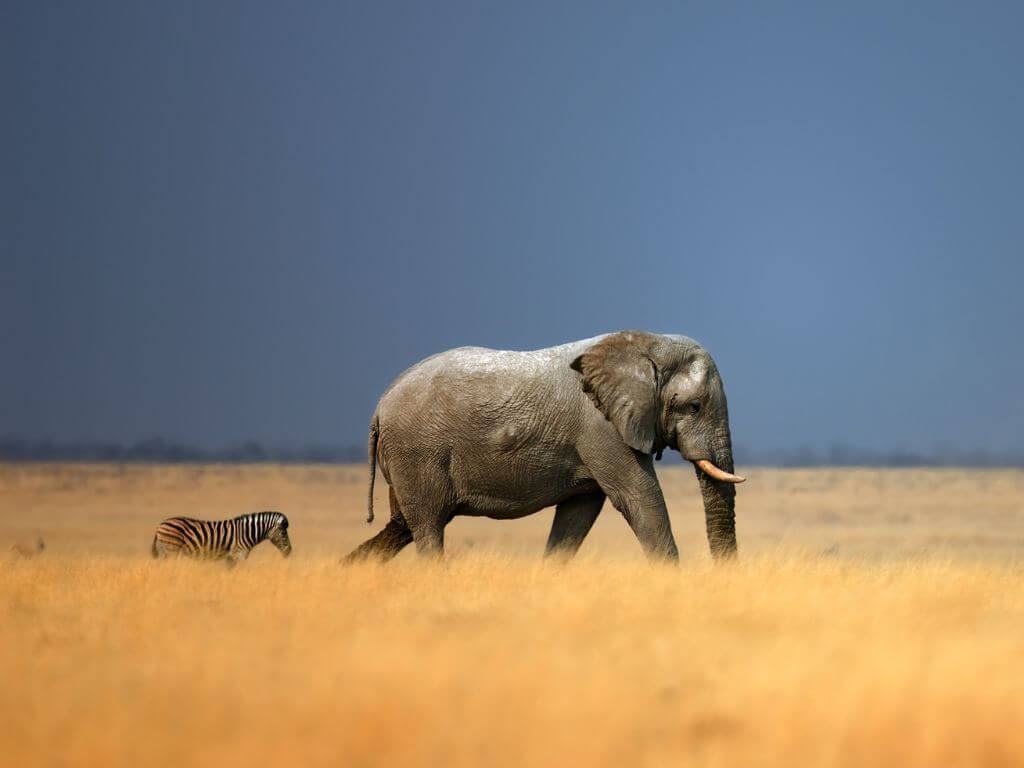
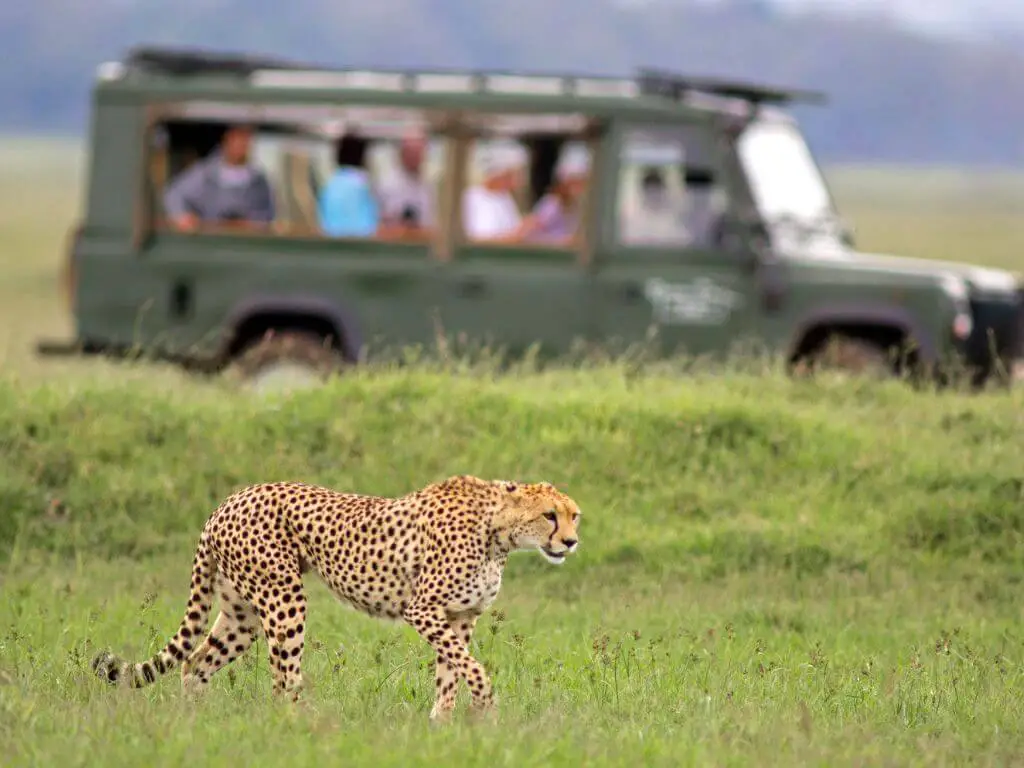
















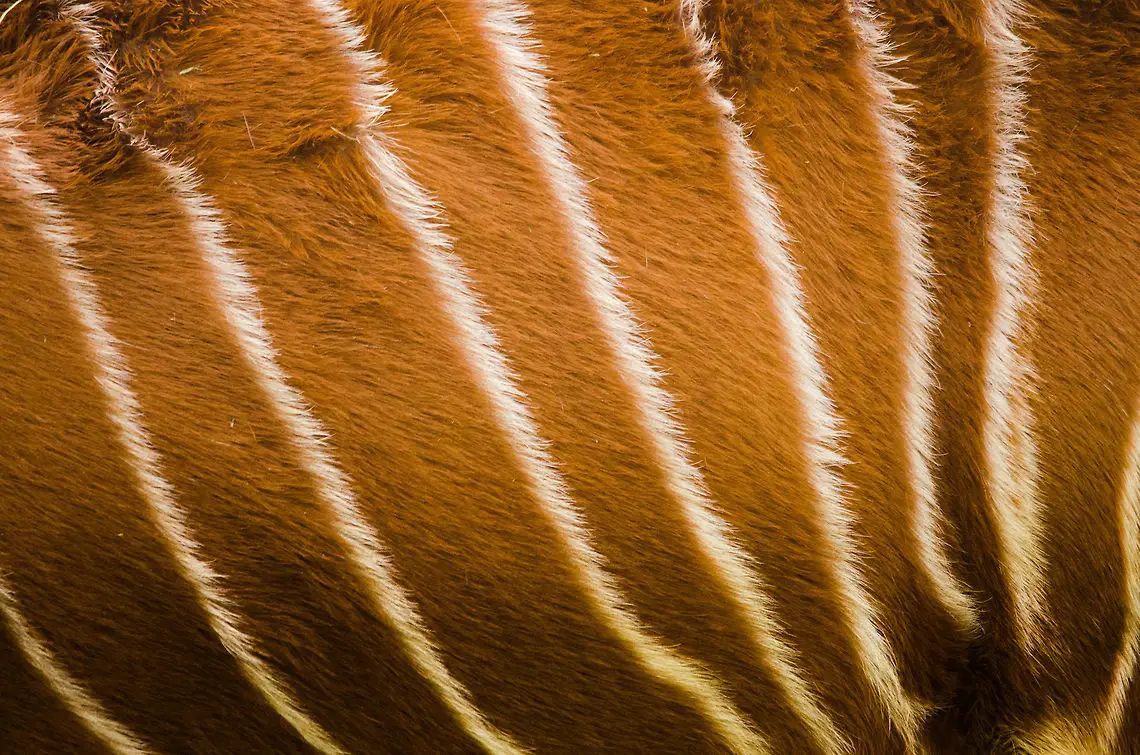


August 7, 2022
good